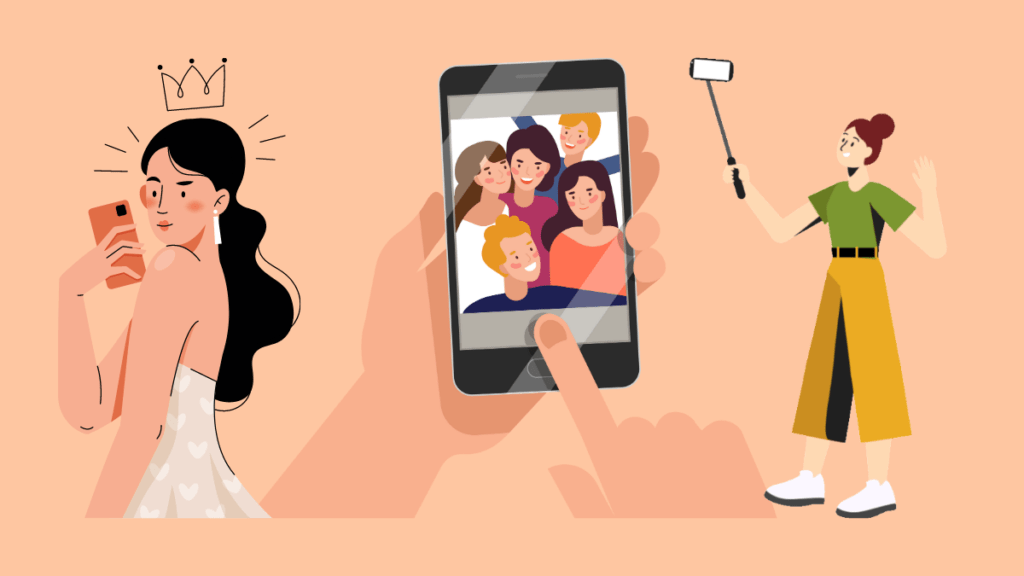Keeping Up with the Gen Z on Selfies

Generation Z, also known as iGen, Gen Z, or Centennials, consists of individuals born between 1997 and 2012. This is defined by their extensive use of technology and social media as many Gen Zs grow up alongside the rise of smartphones and the internet. In particular, Generation Z is famous for taking selfies and pictures of oneself using a smartphone.

Rise of the latest 0.5 selfies
According to The New York Times, wherever Gen Z gathers these days, a 0.5 selfie is almost bound to be taken, capturing the moment. The 0.5 selfies showed up on the internet and became the talk of parties or gatherings.
Unlike a traditional selfie, which people can endlessly prepare and pose for, the 0.5 selfies. It’s so named because users tap 0.5x on a smartphone camera to toggle to ultra-wide mode. It has become popular because it is far from curated. Since the ultra-wide-angle lens is built into the back cameras of phones, people can’t watch themselves take a 0.5 selfie. They start creating random images that convey the whimsy of distortion.

How this helps Gen Zs in gaining confidence?
Selfies have become a popular form of self-expression for Generation Z. Allowing them to present a curated image of themselves to the world. Through the use of filters, lighting, and editing tools. They can also create an idealized version of themselves, which they share on social media platforms. They have confidence and self-esteem as they receive validation through likes and comments from their followers.
The Cons
However, the excessive use of selfies can also have negative consequences. For example, the pressure to present a perfect image of oneself can lead to a preoccupation with appearance and body image, resulting in low self-esteem, anxiety, and depression. Additionally, the constant need for validation from others through likes and comments can foster a desire for attention and a lack of authenticity, leading to the creation of fake personas.
Despite these drawbacks, Generation Z’s love for selfies will not soon disappear. Instead, it will continue to evolve, with new technology and trends leading to new forms of self-expression. For instance, augmented reality filters, 3D scanning, and artificial intelligence technology are starting to change how people take selfies, making them more interactive and fun.

In conclusion, selfies are essential to Generation Z’s culture and self-expression. While they may have negative consequences, their popularity is not likely to wane anytime soon. It is up to individuals, parents, and society to help educate and support this generation in finding a healthy balance between self-expression and self-care.
Lalaine loves to create an idea and collaborate with someone who can execute her ideas. For her, ideas are bulletproof. She is always curious and loves watching law and detective kdramas while eating her favorites sushi and donut.











